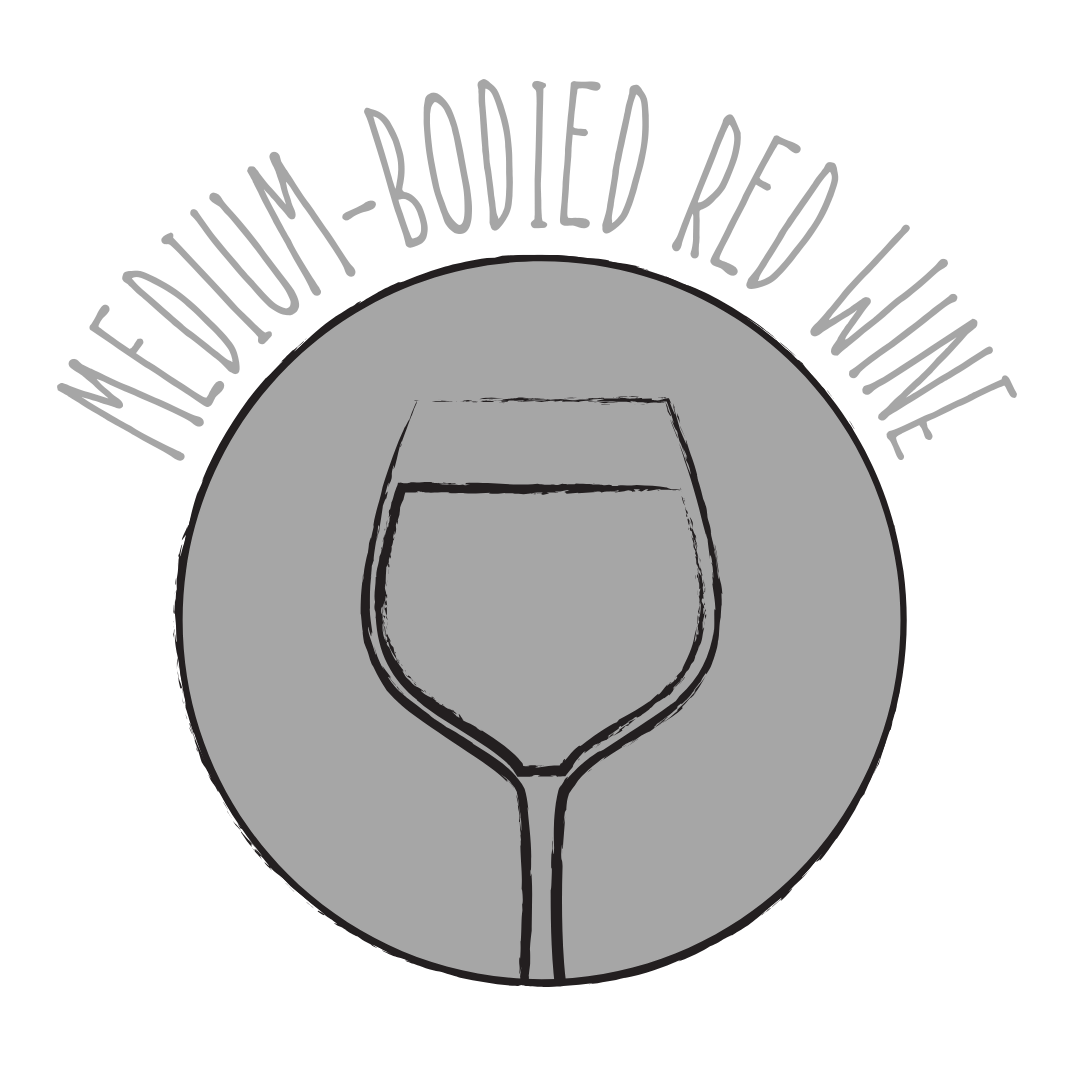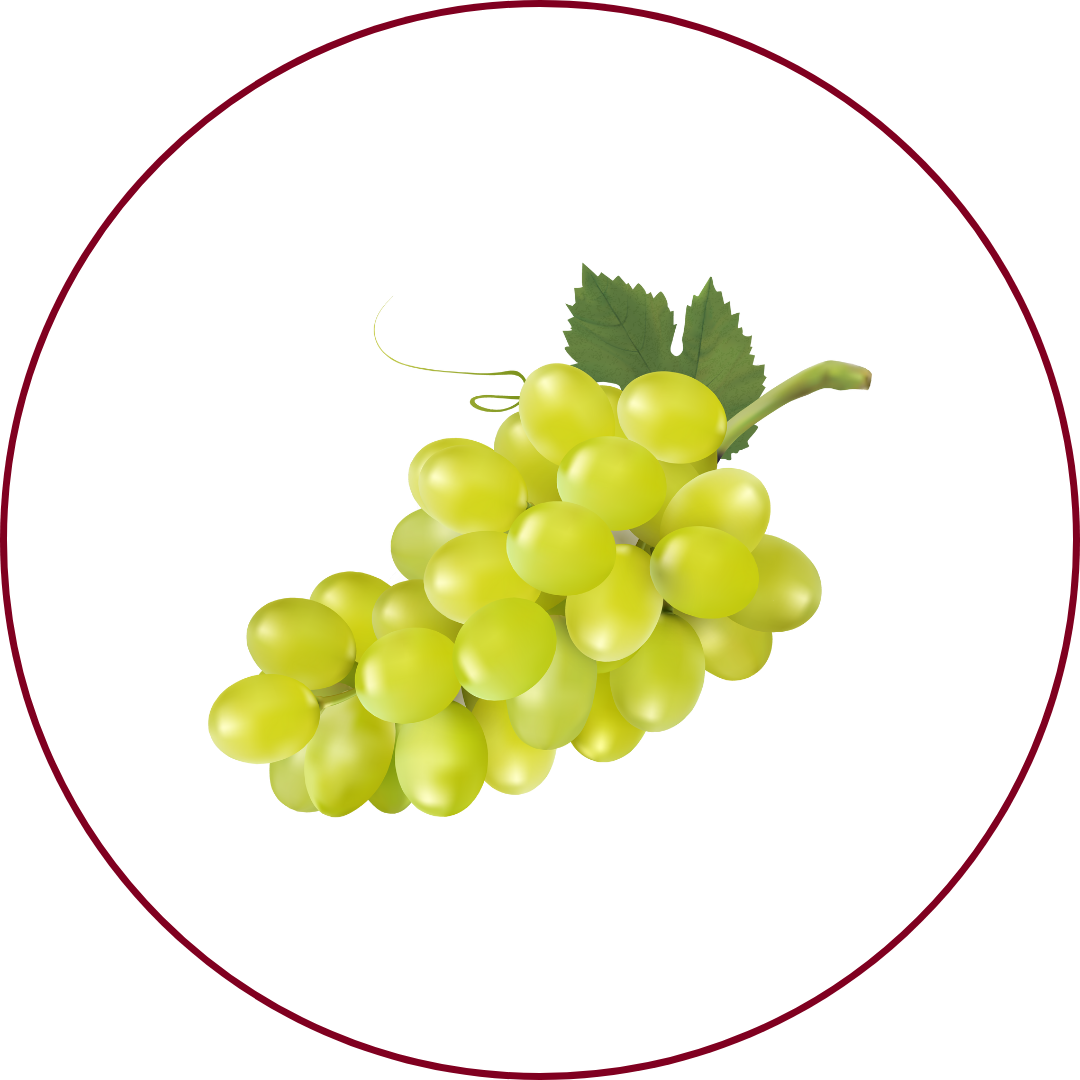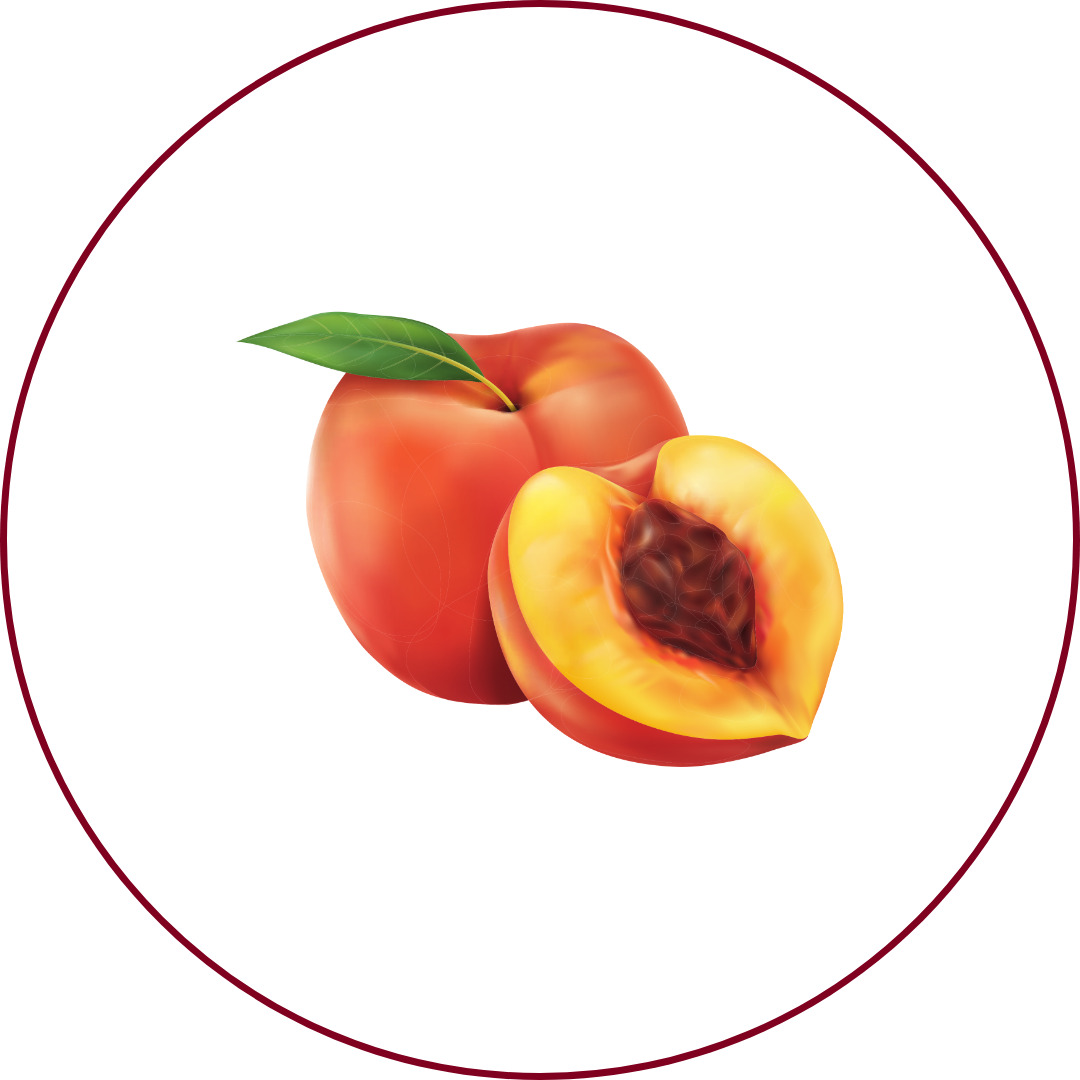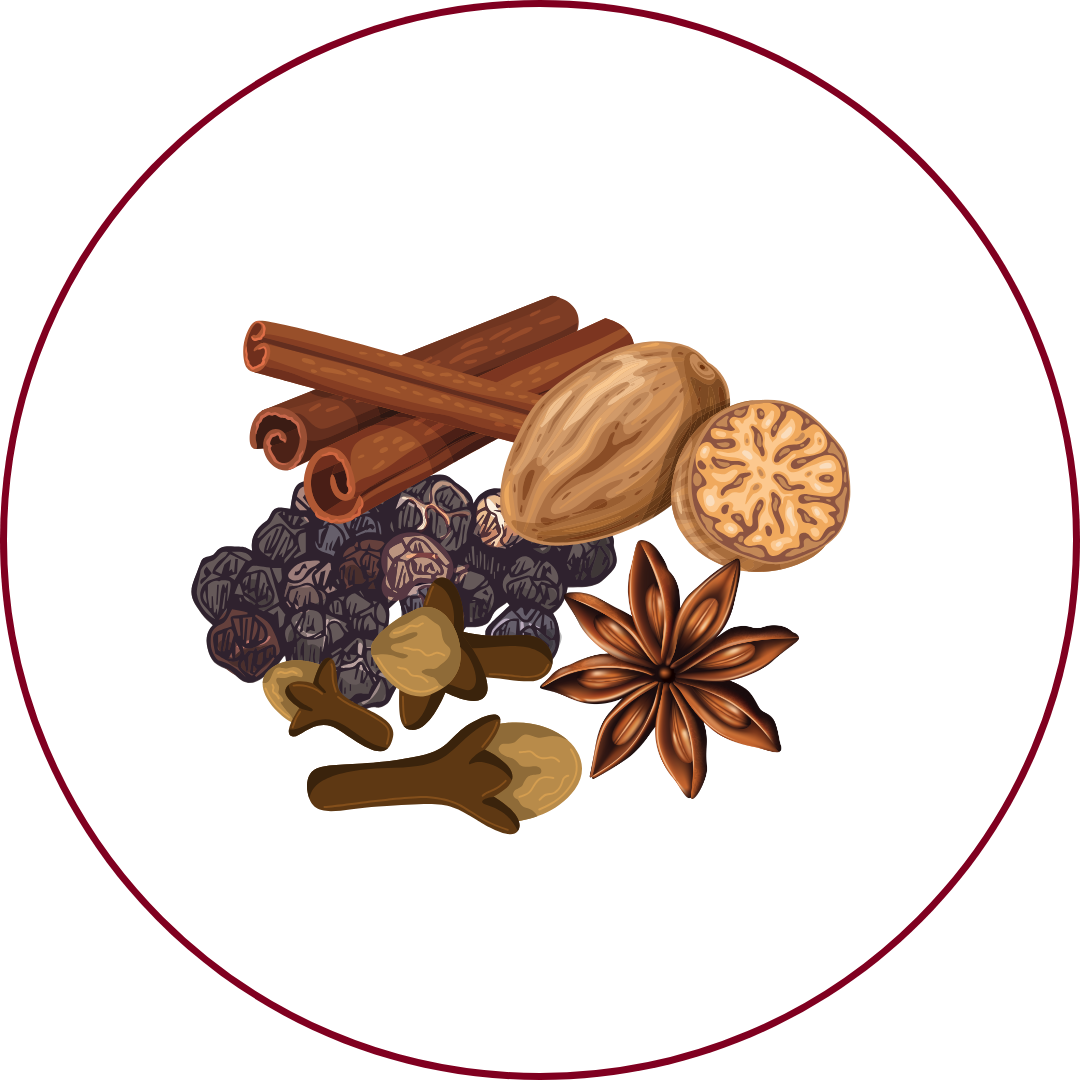Grape Variety
Goldmuskateller
"GOLD-moo-ska-TELL-er"
Wine Styles
 Sparkling
Sparkling Light White
Light White Full White
Full White Aromatic
Aromatic Rosé
Rosé Light Red
Light Red Medium Red
Medium Red Full Red
Full Red Dessert
DessertAbout Goldmuskateller
Origin
Northern Italy
History
Goldmuskateller, known in Italy as Moscato Giallo, is a member of the Muscat family and is believed to have been introduced to Italy from Greece during the Middle Ages. It has been cultivated in regions like Alto Adige (South Tyrol) and Trentino for centuries, where it thrives in the alpine climate. The grape is renowned for its aromatic intensity and versatility in producing both dry and sweet wines.
Appearance
Medium-sized, elongated clusters with large, round, golden-yellow berries.
Growing Traits
Goldmuskateller is a vigorous vine that requires warm, sunny slopes to fully develop its characteristic aromas. It is susceptible to chlorosis and black spot disease, necessitating careful vineyard management. The grape ripens later than Muscat Blanc and tends to produce high yields.
Wine Characteristics
Body
2/5
Sweetness
1/5
Tannin
0/5
Acidity
3/5
Alcohol
2/5
Light to medium-bodied with a pronounced aromatic profile, offering a harmonious balance between fruitiness and floral notes. Typically vinified in a dry style, though sweet and dessert versions are also produced, especially in passito styles. Negligible tannins, as it is a white wine variety, resulting in a smooth and clean finish. Medium acidity, contributing to its freshness and enhancing its aromatic qualities. Moderate alcohol content, typically ranging between 11% and 13%, ensuring a balanced and approachable wine.
Taste Profile

Grapey

Citrus

Peach

Floral

Spices
Goldmuskateller wines are characterized by pronounced muscat aromas, with notes of citrus, peach, and floral undertones. Hints of spice may also be present, adding complexity to the aromatic profile. The palate is typically fresh and lively, with medium acidity providing a crisp and clean finish.
Food Pairing
Goldmuskateller's aromatic intensity and balanced acidity make it a versatile companion for various dishes. It pairs well with spicy Asian cuisine, light appetizers, and seafood. The wine's floral and fruity notes complement dishes featuring aromatic herbs and mild cheeses. In its sweeter styles, it serves as an excellent match for desserts like fruit tarts and pastries.
Growing Regions

Italy
Alto Adige (South Tyrol)TrentinoVeneto

Austria
Styria (Steiermark)Burgenland

Germany
PfalzRheinhessen
Notable Wines & Producers
Goldmuskateller Südtirol DOC
Kellerei Bozen
Kellerei Kaltern
Moscato Giallo Trentino DOC
Cantina Toblino
Cavit
Goldmuskateller Steiermark DAC
Weingut Gross
Weingut Tement
Goldmuskateller FAQ
Common questions about this grape variety
What is the origin of Goldmuskateller?
+
Northern Italy
Is Goldmuskateller wine full bodied?
+
Goldmuskateller has a body level of 2 out of 5. Which means that Goldmuskateller is Moderate to Light bodied.
Is Goldmuskateller wine dry or sweet?
+
Goldmuskateller has a dryness level of 1 out of 5. Which means that Goldmuskateller is Dry.
Where is Goldmuskateller wine from?
+
Northern Italy
Where is Goldmuskateller grown?
+
Goldmuskateller is grown in Italy (Alto Adige (South Tyrol), Trentino, Veneto)Austria (Styria (Steiermark), Burgenland)Germany (Pfalz, Rheinhessen).
What is Goldmuskateller like?
+
Goldmuskateller wines are characterized by pronounced muscat aromas, with notes of citrus, peach, and floral undertones. Hints of spice may also be present, adding complexity to the aromatic profile. The palate is typically fresh and lively, with medium acidity providing a crisp and clean finish.
What does Goldmuskateller pair with?
+
Goldmuskateller's aromatic intensity and balanced acidity make it a versatile companion for various dishes. It pairs well with spicy Asian cuisine, light appetizers, and seafood. The wine's floral and fruity notes complement dishes featuring aromatic herbs and mild cheeses. In its sweeter styles, it serves as an excellent match for desserts like fruit tarts and pastries.
What does Goldmuskateller taste like?
+
Goldmuskateller wines are characterized by pronounced muscat aromas, with notes of citrus, peach, and floral undertones. Hints of spice may also be present, adding complexity to the aromatic profile. The palate is typically fresh and lively, with medium acidity providing a crisp and clean finish.
Take Goldmuskateller Knowledge with You
Access detailed grape profiles, tasting notes, and pairing suggestions on your iPhone.
Download on theApp Store